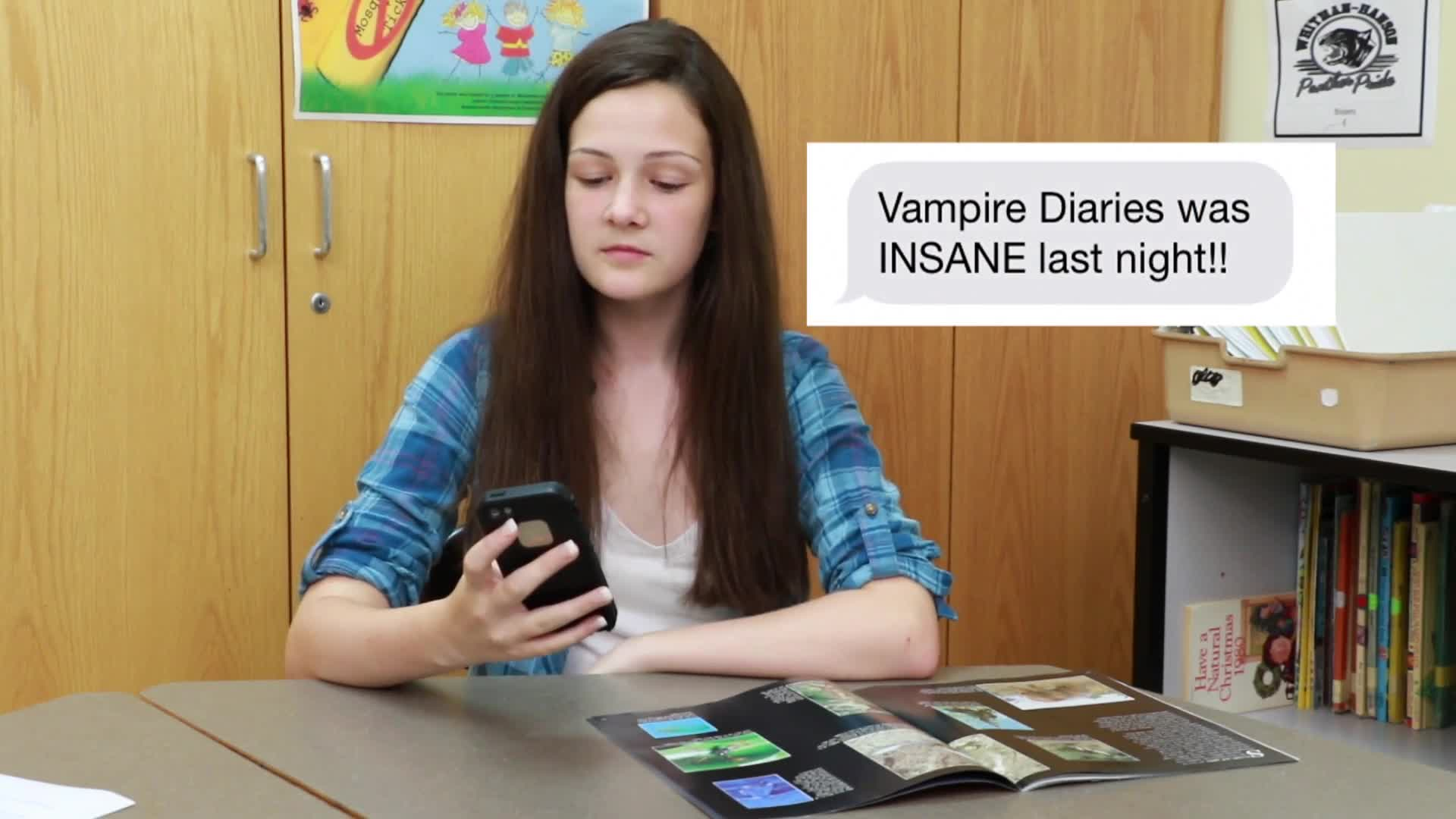Introduction
Texting is a popular and convenient way for friends and family to communicate. However, it’s essential for elementary students to learn the proper etiquette for texting. By understanding the importance of texting rules, students can develop respectful communication habits and build strong social connections. This blog post will explore an easy no-prep activity, discussion questions, and related skills to teach texting etiquette to elementary students using a Social-Emotional Learning (SEL) approach.
No-Prep Activity: Texting Etiquette Role Play
This activity requires no preparation or materials from the educator. It’s a simple role-playing exercise that helps students practice appropriate texting behavior. Divide the students into pairs, and have each pair decide who will play the role of the texter and the receiver. The texter will pretend to send a text message to the receiver, following the rules discussed in the introduction. The receiver will then respond as if they received the text. Encourage students to switch roles and try different scenarios to practice various aspects of texting etiquette.
Discussion Questions
- Why is it important to follow texting rules when communicating with friends and family?
- What could happen if we don’t follow proper texting etiquette?
- What are some examples of good texting behavior?
- How can you handle a situation where someone isn’t following texting etiquette?
- Why is it important to only text people you know, like friends and family?
Related Skills
Teaching texting etiquette to elementary students also helps them develop other essential SEL skills. Some related skills include:
- Active Listening: Students need to pay attention to the messages they receive and respond thoughtfully, demonstrating that they understand and respect the sender’s perspective.
- Empathy: Understanding and considering the feelings of the person they are texting helps students develop empathy and build stronger connections.
- Self-Awareness: Students should be aware of their own texting habits and how they might affect others, allowing them to make better decisions about their communication.
- Respect for Boundaries: Recognizing and respecting others’ boundaries, such as not texting too early or too late, helps students build healthy relationships.
Next Steps
Now that you’ve learned about the importance of teaching texting etiquette to elementary students and explored a no-prep activity, discussion questions, and related skills, it’s time to take the next step. To access free samples of Social-Emotional Learning materials, including lessons on texting etiquette and other essential skills, sign up at Everyday Speech. These resources will help you guide your students towards respectful communication and strong social connections.






